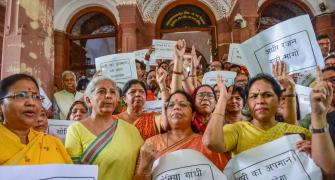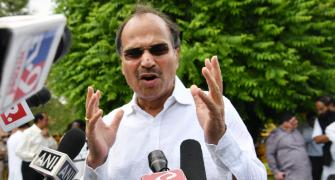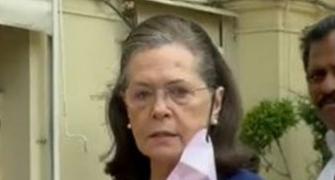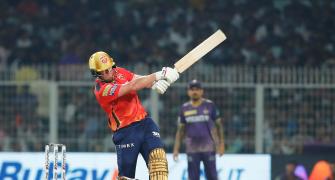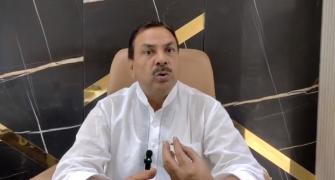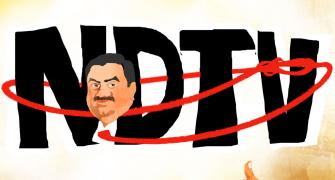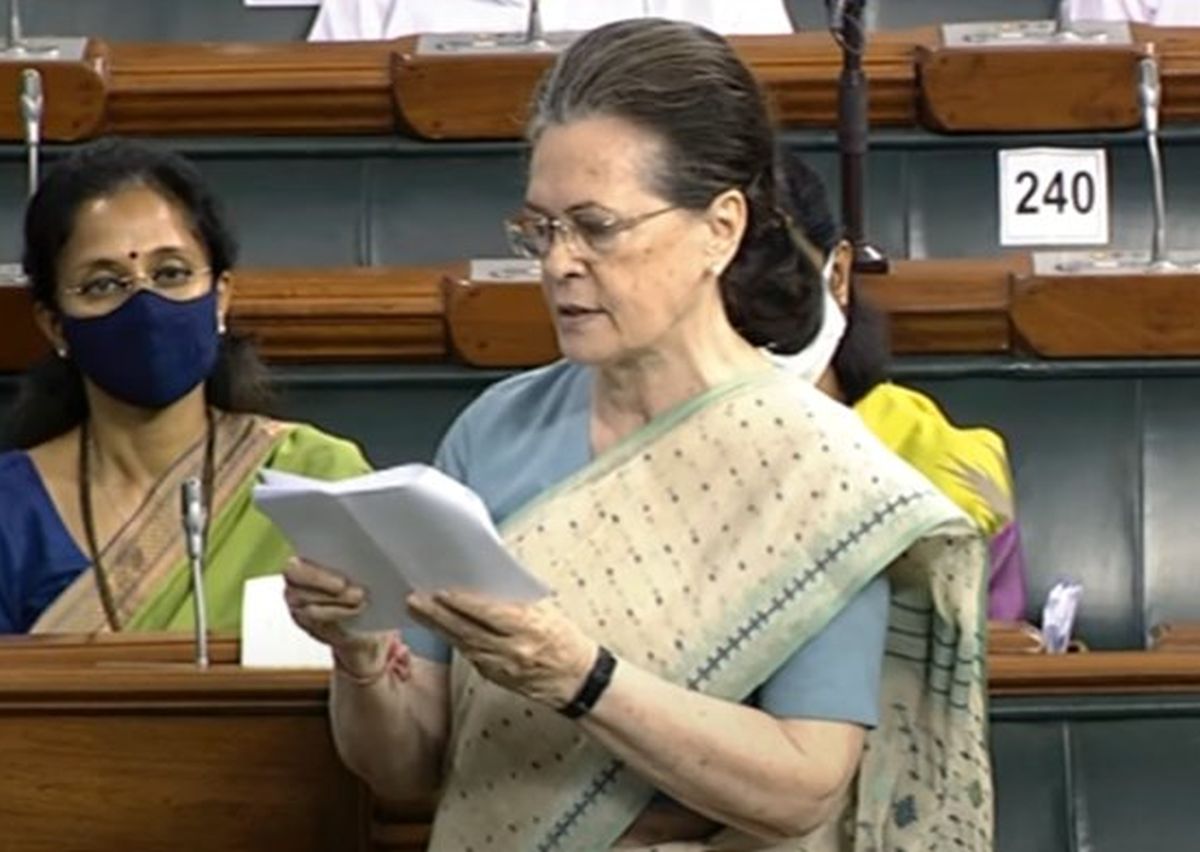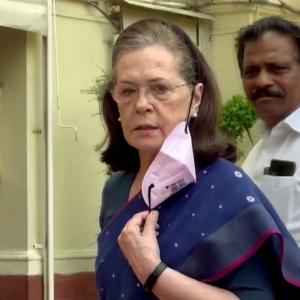The suggestions included 'Sardar', 'Pradhan', 'Neta', 'Karandhar' and 'Chief Executive and Head of the State', but the Constituent Assembly settled on the term 'Rashtrapati' for India's top constitutional post.

However, in the last 75 years, there have been multiple calls for a gender-neutral term for the head of the State and debates over it.
This has been reignited by the political furore over President Droupadi Murmu being referred to as 'Rashtrapatni' by Congress leader Adhir Ranjan Chowdhury who claimed it was a "slip of tongue".
Some women rights activists on Thursday said over the years some words and phrases have been replaced with more gender-neutral terms in various spheres.
Spokesman has made way for spokesperson, chairman for chairperson and in cricket batsman for batter.
Yogita Bhayana, a women's rights activist who heads People Against Rape in India, said like chairperson, president is also gender neutral. Translated into Hindi, the word president gets a different overtone but the relevance is the same, she said.
"But Chowdhury's comments were very insensitive. I think he wanted to be very specific about gender because he wanted to make a patriarchal statement. We never judged Pratibha Patil (former president) like that.
"One can think about going gender-neutral while referring to the president, but he (Chowdhury) made the statement for a different reason altogether. However, there must be a suitable term for the post in the future," Bhayana told PTI.
Social activist and human rights campaigner Shabnam Hashmi said there should be a gender-neutral term for president like that of chairperson. "Mantri also doesn't reflect gender but the moment you say 'pati' and 'patni' there are other connotations too," she said.
However, some activists believe that since president is a constitutional post it is already gender neutral.
Ranjana Kumari, a social activist and the director of the Centre for Social Research, said whether male or female, the president has similar power, and authority and it is a constitutional position. "So I don't understand why people are confused."
"But if at all the government wants a gender-neutral term they can call it 'rashtrapradhan'. But I don't see why we should look at rashtrapati as a gender-loaded term because 'pati' is not really anyone's husband here so I don't see the reason for controversy.
"I see it as a very silly thing to call her 'rashtrapatni' and it was very insulting. Rashtrapati should not be changed, making it gender neutral. I consider it a gender-neutral term already," she said.
Akancha Srivastava, social activist and the founder of Akancha Srivastava Foundation, a non-profit organisation that works towards cyber safety knowledge said, "We live and learn and a lot of things we have been using in a particular manner have changed over a period of time because context changes."
"On this issue, I think we have bigger issues to focus on and if there was something that brings down the person by this term then we could have looked into it but there is nothing as such," she said.
There has been debate on the term 'rashtrapati' before too.
During a Constituent Assembly debate in July 1947, an amendment called for replacing the word 'Rashtrapati' with 'Neta' or 'Karandhar', but it was not pursued further as a committee was to look into it. Later, it was decided to continue with 'Rashtrapati' as the Hindi word for President of India.
As the debate resurfaced in December 1948, B R Ambedkar referred to various terms used in the draft Constitution in different languages.
While the English draft proposed the word 'President', the Hindustani draft talked about 'Hind ka ek President', using 'Hind' for the name of the country and 'President' for the top-most post.
The Hindi draft, interestingly, used the word 'Pradhan' and not Rashtrapati, while the Urdu draft used 'Sardar', Ambedkar had said.
Constituent Assembly member from Bihar K T Shah, during the debate, had called for referring to the President of India as "the Chief Executive and Head of the State'. Shah's amendment was rejected after some members vehemently opposed it.
In his reply, Ambedkar said, "I do not doubt what he means by the introduction of these words. Chief Executive and Head of the State is to introduce the American presidential form of executive and not the Parliamentary form of the executive which is contained in this Draft Constitution."

